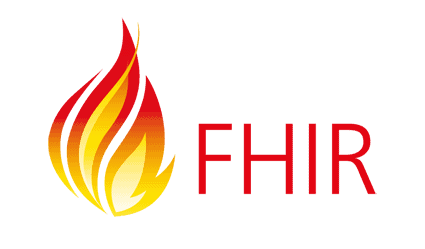Onyx wins Best in KLAS.
Health Level Seven International (HL7), a leading healthcare standards organization, first drafted the concept of FHIR in 2011 and has since worked with developers, regulators, and healthcare technology providers to improve the standard for widespread use in the healthcare industry.

FHIR was created with healthcare interoperability in mind, creating an Internet-based approach instead of the document based-approaches that previously existed. FHIR leverages existing logical and theoretical models to provide a consistent and easy way to share information without sacrificing information integrity.
The standard was designed to create a base set of resources that could meet a diversified range of common use case scenarios. It can be used and implemented as part of a standalone data exchange standard or linked with an existing standard seamlessly.
FHIR works on the concept of “resources,” a term that includes almost any type of data used in EHRs and healthcare applications. This framework can be used in any system, no matter how it was created. By using FHIR, healthcare organizations can easily share any type of healthcare data with one another, allowing for data to travel with a patient from provider-to-provider, improving data collection and analytics, and better-informing individual’s health care.